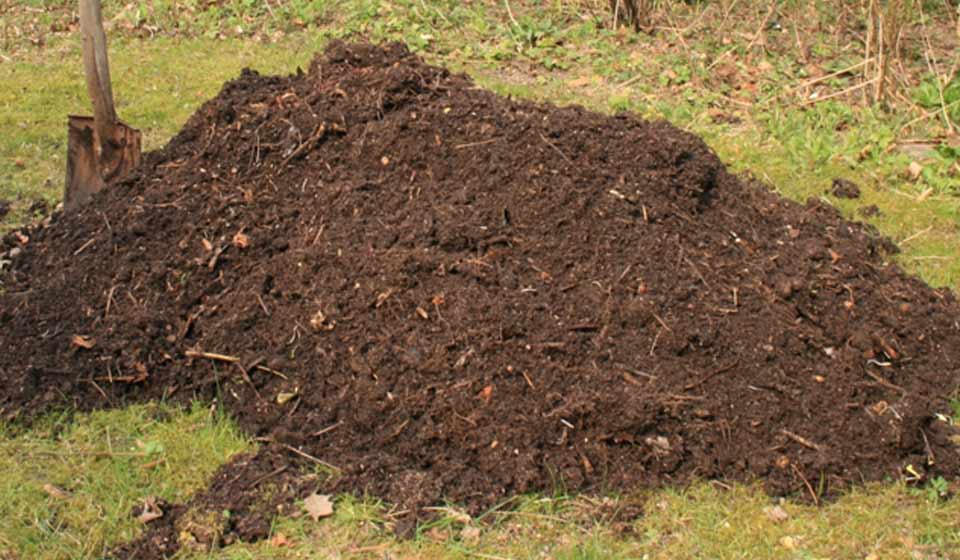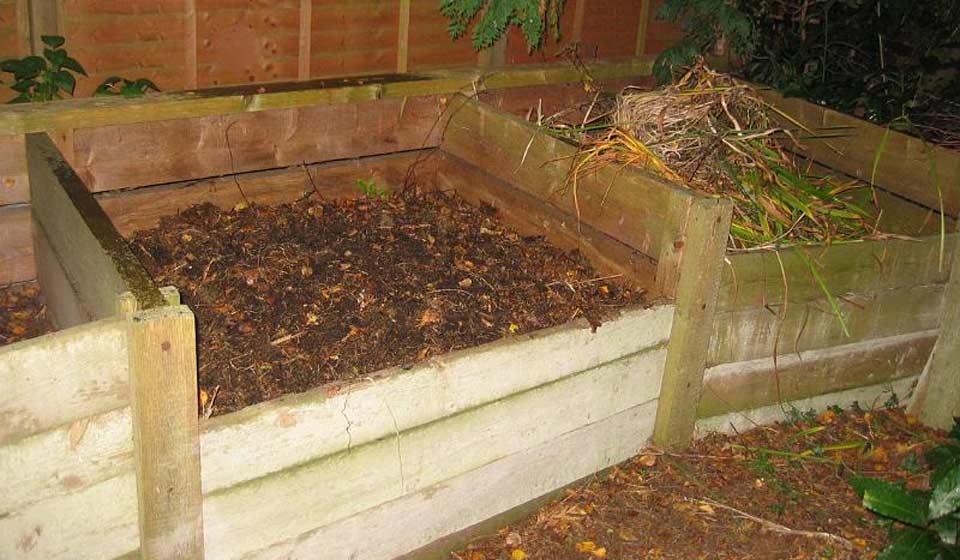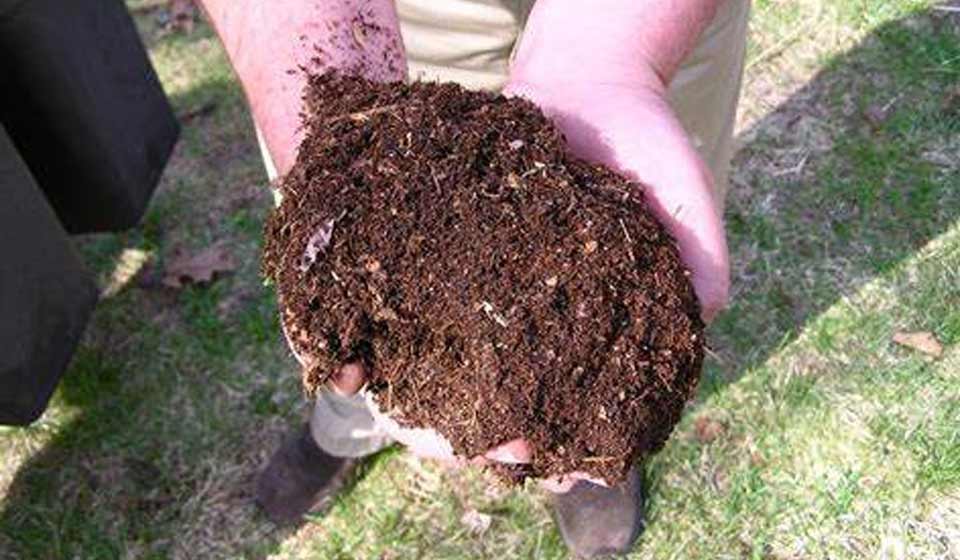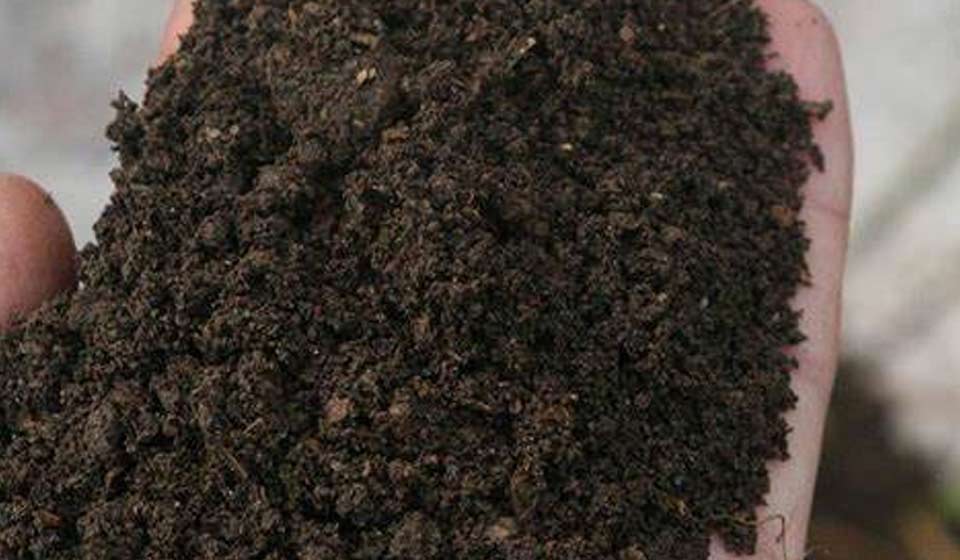It’s almost magical how organic waste turns into rich soil in a yard, like a natural lab. Here, how i made compost for the kitchen garden. Composting is how germs turn dead plants and animals into a dark, crumbly, earthy substance full of living things.
This compost is full of nutrients that make the dirt healthy and help a kitchen garden grow. This is the essential guide to making compost, which is like magic for your home yard.
What Composting Is All About

To fully understand how composting works, it is essential to understand its science side. Bacteria, fungi, and other decomposers, working together in a concert of breakdown, are the main actors in this process.
They carefully break down organic matter, which makes heat, carbon dioxide, water vapor, and waste.
The Carbon-Nitrogen Balance
To make compost, you need to find the right mix between “browns” (which are high in carbon) and “greens,” which are high in nitrogen. Brown things like straw, dried leaves, and sawdust give bacteria energy, which is carbon.
Greens, like coffee grounds, grass clippings, and veggie scraps, provide proteins and help microbes grow. Aim for a mix of about equal greens and browns so the breakdown goes smoothly.
Also Read: How To Make Well-drained Soil For Indoor Plants
The Bigger Picture of Compost
When starting to compost, it’s helpful to think of it not as a way to get rid of trash but as a way to return to the natural cycle of growth, decay, and regeneration. Composting is a simple way to recover nutrients and is the heart of sustainability.
Composting turns food scraps and yard trash into a resource that plants can use. This method increases the yield of our kitchen garden, reduces waste, and makes a real connection between our everyday lives and the natural cycle.
Let’s think about recycling as more than just a thing to do. Let’s see it as a way to connect with the circle of life that keeps us alive.
Take pride in the fact that every time you add something to your compost, you’re not just getting rid of trash; you’re also contributing to the incredible process of creation that keeps our world alive.
Composting is a way to connect with our earth and work with it to feed and refresh it. It’s a way for people to talk to the complex web of natural processes that support our lives.
How to Make Compost for Kitchen Gardens, Step-by-Step

Making compost is like directing a symphony—you must know how the different parts work together and connect for the whole thing to go well. We’ll talk about the steps you need to take to make nutrient-rich compost for your home garden. This article is meant to feed both your curiosity and the earth.
Step 1: Select the Right Place
Pick a spot in your yard that is easy to reach and won’t get in the way. The area should be flat, have good drainage, and be accessible for adding materials and removing finished compost. Some shade can help keep the soil at the right amount of wetness, and some sunshine can help the composting process without drying it too fast.
Step 2: Starting Your Compost Pile
Start with a layer of rough, dry, brown stuff at the bottom, like small leaves or straw. This layer, which is only a few inches thick, helps the composted materials breathe and drain so they don’t get too wet.
Step 3: Adding natural things
Add green trash like fresh yard cuts and cooking scraps like fruit peels, coffee grounds, and veggie peels. These things high in nitrogen will help the bacteria that break down the compost.
On top of these, put down dark materials like leaves, cardboard, or wood chips. These provide the germs with carbon, which they need to grow. To keep your compost healthy and breaking down quickly, keep the browns to greens at 3:1.
Step 4: Give your pile water
As you put the things in the pile together, ensure they are damp but not wet. A properly moistened compost pile should have the texture of a wrung-out sponge. This is the right amount of moisture to keep microbes active without making the system too wet.
Step 5: Take care of the pile
Turn the pile over every few weeks with a yard fork or something similar. Adding oxygen back into the system is an essential part of aerobic breakdown.
This process also helps keep smells down and speeds up the composting process. While turning, check the amount of wetness. If the pile looks dry, you may need to add more water.
Step 6: Keeping an eye on progress
The middle of the pile should get warmer over time, meaning that microbes work there. A compost thermometer can give you an accurate reading. The best temperatures for compost are between 50 and 65 degrees Celsius.
The heating phase means that the pile is actively burning. The pile will cool down as the materials break down and the process gets closer to being finished.
Step 7: Putting the compost to rest
When the compost is broken down, it should be dark, crumbly, and smell like earth. Put the compost somewhere safe for a few weeks to “cure.” While it’s drying, the compost gets older, which lets good bacteria add to its benefits.

Step 8: Utilizing Your Compost
Now that the compost is done, you can use it in your yard. It can be added to the dirt or put around plants as mulch. This will make the soil better organized, help it hold onto water, add nutrients, and encourage plants to grow in a healthy way.
Also Read: 15 Best Vegetables to Grow for Survival
A Detailed Look at the Composting Ingredients

Compost comprises two types of materials: green materials, which are high in nitrogen, and brown materials, which are high in carbon. Let’s get into the details of each one.
i). Greens: The Nitrogen Providers
The green materials get their name because they are usually fresh and green. Despite what you might think, their main job is not just to add color; fantastic item for compost for the kitchen garden.
they also add nitrogen to the waste pile, an essential building block for amino acids and proteins, and give microbes what they need to grow. Green materials include:
• Vegetable and Fruit Scraps: Remnants of your day-to-day kitchen use—carrot peels, apple cores, and bell pepper cutaways—are prime composting materials.
• Coffee Grounds: An excellent addition, coffee grounds are rich in nitrogen and are readily consumed by the microorganisms within the compost.
• Tea Bags: Similar to coffee grounds, they add nitrogen. But make sure the bags don’t have any plastic mesh on them because that won’t break down.
• Fresh grass clippings: These should not have any added chemicals and give the soil a quick nitrogen boost.
The bacteria in the waste will eat these greens with the same excitement that a scholar might have when opening a long-awaited book. They will quickly digest and break down these foods.
Also Read: How to Grow Buckets Full of Bell Peppers at Home
ii). Browns: The Carbon Sources
The browns build the structure of the waste pile, while the greens provide the food. They are full of carbon and give the building blocks for growing life. Cellulose and lignin make up most of their structure.
They feed the microbes that live in waste and keep the ecosystem’s air and wetness levels just right. Brown materials include:
• Dry Leaves: Their layered structure provides respite for air pockets, critical for maintaining an oxygenated environment.
• Straw and Hay: These support the construction and let air flow through because they look like small logs.
• Wood chips or sawdust: A light sprinkle of these can be helpful, but be careful not to use too much because it can slow down the breakdown.
• Paper Products: Shredded, white, ink-free paper works as a brown element, and its ability to soak up water helps keep the right amount of moisture in the air.
Browns are essential for recycling because they add bulk, carbon, and energy while letting air move through the waste. Most of the time, the ratio of browns to greens is 3:1, but this can change depending on the materials and the weather where you live.
It is essential to monitor and adjust the amount for breakdown to work. Avoid meat, cheese, sick plants, and treated wood to keep pests away or speed up the process.
You can make rich, nutrient-dense compost by carefully choosing the ingredients and caring for the pile.
iii). Avoiding Compost Antagonists

Equally important is identifying what must be excluded. Meats, oils, dairy products, or diseased plant matter can attract pests, emit foul odors, and potentially introduce harmful pathogens into your compost and garden.
iv). The Symphony of Composting
The compost pile is nothing less than a complex dance of organic chemistry and ecology. In providing these ingredients, you are setting the stage not just for the breakdown of matter but the construction of something new and full of life.
This balance of greens and browns, nitrogen and carbon, energy and structure, is more than refuse; it’s a cyclical testament to nature’s regenerative capacity. As you witness peels and leaves transform into dark, rich soil, you’re reminded of nature’s inherent wisdom that nothing truly goes to waste.
Also Read: How to Grow Tomatoes at Home in Pots (Full Detail)
Conclusion
Making compost cuts down on waste and brings life back to the soil in your yard. Everyday trash being turned into a living, breathing material is a powerful example of how nature works in a way that is both repetitive and long-lasting.
With each composting step, you care for plants and build a more vital link with the environment. This process shows an important biological idea: waste in one form can be a helpful resource in another. This exemplifies how human action and natural systems can work together in harmony.
Recent Posts
In the interest of promoting health and preserving the environment, the idea of an indoor salad garden has gained popularity. This concept exemplifies the harmonious combination of culinary design...
Here, you will find different trellis to grow cucumber at home. The effort to domesticate cucumbers gives us trellising, an architectural and botany-inspired art form. This architectural wonder...
